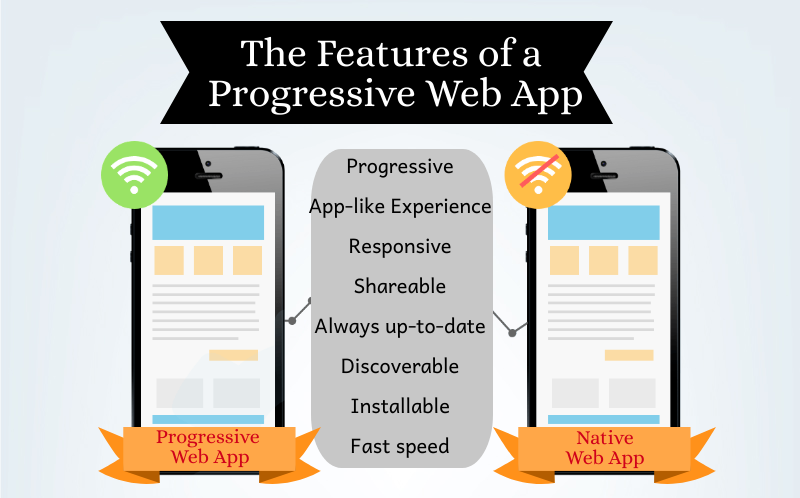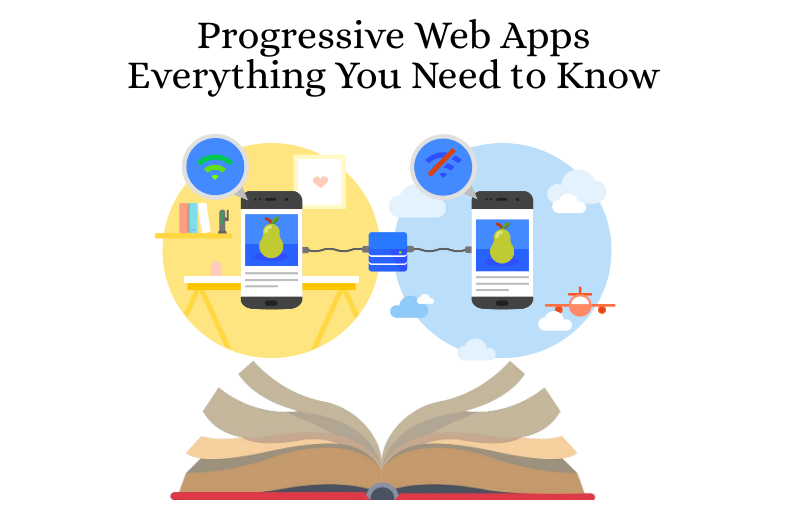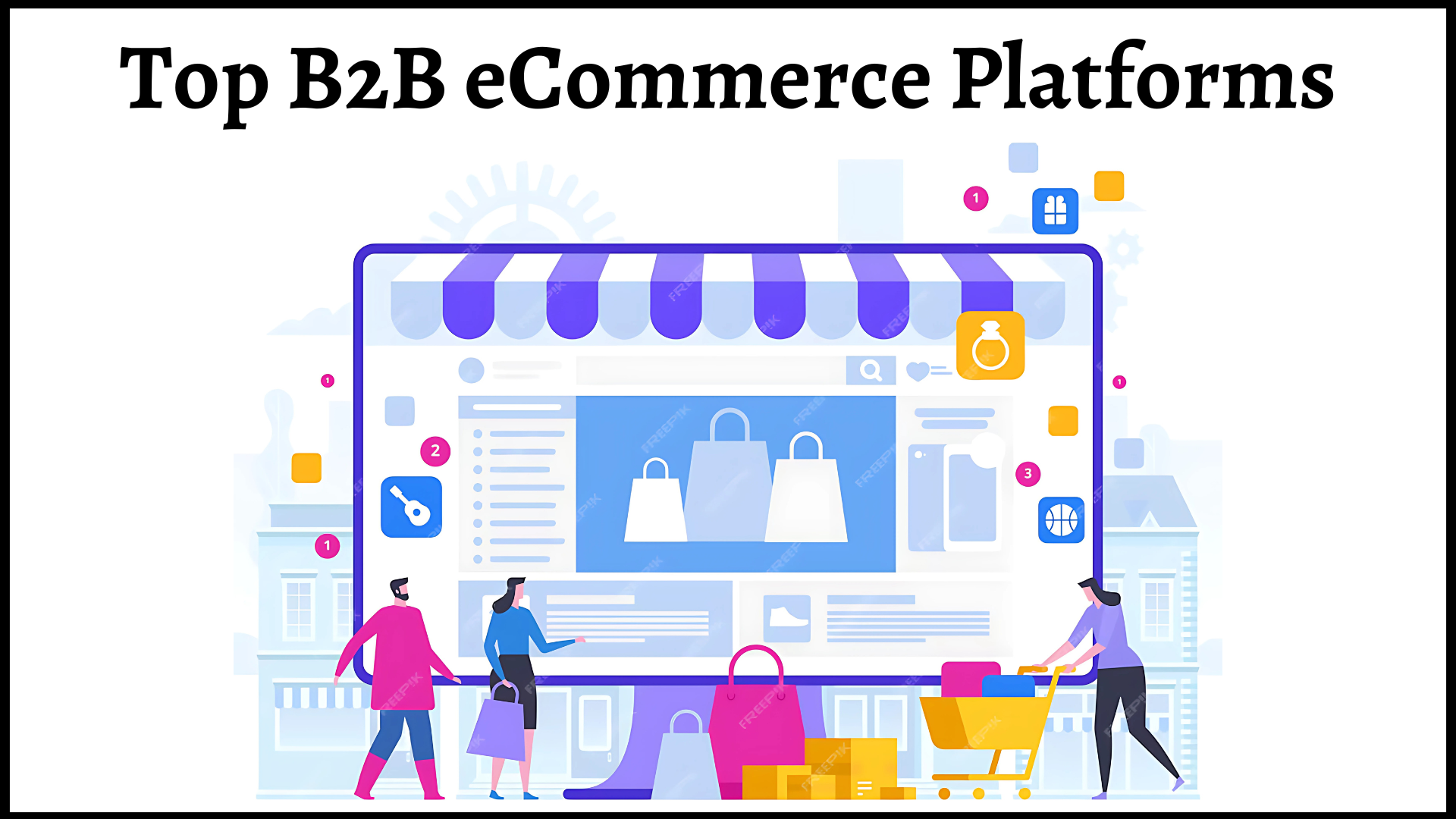Enhancing the web experience on mobile devices has always been a challenging task for the development community. But they keep coming up with new ideas and concepts to develop solutions that offer seamless performance and immersive user experience across different devices. Now, Progressive Web Apps or PWAs have taken the web experience on mobile devices to a new level. These apps are even giving an edge over native mobile apps.
PWAs have opened up a new channel for accessing the web while providing an app-like experience. Therefore, Progressive Web App development services are becoming popular in varied industries. Let’s know everything about PWAs and understand how they are proving to be useful for mobile users.
Let’s Define PWA
In simple words, a PWA is a web application that loads in a web browser just like websites or web pages. The plus point with PWAs is that they provide rich mobile experiences with their app-like functionalities like push notifications, ability to work offline, and access to hardware features of a device.
Due to the app-like functionality, a Progressive Web App feels like a native mobile app. PWAs work as a bridge between the web and mobile to provide users with superior web experience on mobile devices. In essence, a PWA is a mobile app that is served through the web.
In the words of Alex Russell who coined the term PWA along with Frances Berriman:
“PWAs are just websites that took all the right vitamins”
Progressive Web Apps: Stats and Examples
There are many success stories from varied business verticals of how implementing PWAs caused improvement in various KPIs. Below are some stats and examples of PWA’s successes.
- After rebuilding the mobile app as PWA, Pinterest saw a 60% increase in core engagements. Time spent by users on site also increased by 40%.
- With a new PWA, Tinder reduced the loading time of their site from 11.91 seconds to 4.69 seconds.
- Uber’s PWA loads in less than 3 seconds on 2G networks.
- Forbes reduced load time from 6.5 seconds to 2.5 seconds with its PWA.
- Twitter with its PWA Twitter Lite saw a 75% increase in Tweets, a 65% hike in page per session, and a 20% decline in bounce rate.
What are the Features of a Progressive Web App?

Though a PWA is like a native mobile app in look and feel, yet it offers less functionality than a native counterpart. But, in usability, a progressive web app outperforms a native app. Below is the list of features of progressive web apps.
- Progressive: A PWA works in most modern web browsers with the power of progressive enhancement principles.
- Connectivity Independent: It can run offline; even in the absence of a stable internet connection, it works smoothly due to service workers.
- App-like Experience: Though they are not real apps, they offer the same level of user experience as native mobile apps with app-like navigation and interactions.
- Responsive: PWAs work on every device, be it a mobile phone, desktop, laptop, or tablet.
- Shareable: The app can be shared with a URL or link and is easy to install.
- Always up-to-date: With the service worker update process, a PWA is always fresh and doesn’t need to update.
- Re-engageable: It has the ability to maintain user engagement like native apps by sending push notifications to users.
- Discoverable: PWAs are search engine friendly, so they can be explored, discovered, and opened directly.
- Safe: These apps are served via HTTPS, so they are highly secure just like the web browsers and apps we use.
- Installable: These apps can be installed on mobile devices without any complex installation process.
- Fast speed: PWAs are designed for faster loading speed, after the first use, the content will load in no time in the apps.
Key Components of Progressive Web Apps
There are many pieces of technology that make the PWAs so special. The following are the key components of a progressive web app that make up the app and offer the required functionalities.
Manifest
A manifest file is one of the building blocks of PWAs that include several key information about the app. It is a JSON file that includes the metadata of the application such as the app’s name, icon, launch URL, app configuration data, background colour, and other essential information.
Service Worker
This is the backbone of progressive web app development. This is the component that makes a PWA feel like a native mobile app. In a PWA, when websites load, they download and cache certain content or data on a device locally with the help of service workers. It’s basically a JavaScript file. A service worker has a life-cycle with three stages: Registration, Installation, and Activation. When a user enters a PWA for the first time, the service worker downloads and caches the view along with content in the background. As a result, the site appears to load quickly to the user the next time he/she visits the app. The service worker is also responsible for push notifications.
Icon
A PWA requires an icon that should be at least 144×144 large in size and in PNG format. This is the icon that appears on the home screen or in the apps tray that makes the app distinguishable. Also, a user can tap on it to launch the app.
HTTPS
A progressive web app is served through a secure HTTP connection (HTTPS). It is the only way to access and use the application.
Technologies Required for Developing a PWA
Developing a PWA is all about creating its components using various technologies. While you can use technologies like HTML, JavaScript, and CSS, the use of front-end frameworks and libraries trending these days. The following is a list of technologies that are required to build a PWA.
- HTML/CSS/JavaScript
- JSON
- Frameworks & libraries – AngularJS, Ionic, Vue.js, Polymer, React, Workbox.js etc.
Database library
- IndexedDB/CouchDB
Concluding Remarks
PWAs are now being considered as the next step in how we use and interact with the web. There are many reasons why progressive web apps are getting immense popularity and most of this is because of the difficulties faced by users with their native mobile apps. Users face a lot of problems with native apps, such as storage space, internet connectivity, frequent updates, high data consumption, and more. Progressive web apps solve all these problems with benefits like less storage and data consumption, offline work, no updates required, and many more. Progressive web app development service is also more cost-friendly than creating a native app.
While you create separate mobile apps for varied platforms like Android and iOS, a single PWA works on every device. They are a good alternative to native mobile apps as they are powerful, fast, effective, and feel like real mobile apps. By integrating these types of technologies into your ecosystem, you can enhance your customer touch-points. At CSSChopper, we can create powerful PWAs for you that will give your business a boost. Having a rich experience in PWA development, our PWA developer can build the best web experience for your customers in the form of a progressive web app.
Categories
Recent Posts
Popular Posts
- How to Choose a Reliable Offshore Development Partner?
- Transforming Web Development with HTMX’s Declarative Approach for Dynamic UIs
- Why Your Conversion Funnel Needs a Composable Commerce Solution?
- How to Outsource Web Development in 2025: Complete Guide
- What are the Top Web Development Trends for 2025?




